Get to know yourself better. Self-knowledge is a basic need to make sense of the experience. Meditation is a personal experience. Inform oneself about meditation practice. You can also inform more yourself about Christian Mediation through the following literature
- Charlò Camilleri O.Carm., Meta r-Ruħ Tintbill fid-Deheb, (Horizons, Qormi – Malta), 2021.
- John Main, Word Into Silence: A Manual for Christian Meditation, (Canterbury Press, Norwich), 2006. Edited by Laurence Freeman OSB.
- Stephan Bodian, Meditation for Dummies (John Wiley & Sons Inc, New York), 2006.
- Mark Williams and Danny Penman, Mindfulness – a practical guide to Finding Peace in a Frantic World (Piatkus, Great Britain), 2021.
- James Finley, Christian Meditation: Experiencing the Presence of God (Harper Collins, San Francisco), 2005.
- Taylor Remington, A Beginner’s Guide to Christian Meditation: Journeying into the Heart of the Divine. (Seraph Creative), 2020.
- Cardinal Robert Sarah, The Power of Silence: Against the Dictatorship of Noise (Ignatius Press, San Francisco), 2017.
i. A meditation bell, or a virtual bell sound. Links to download a meditation app:
- Meditation Timer – Apps on Google Play
- Meditation Timer & Log – Apps on Google Play
- Telesense – Apps on Google Play
ii. An image of Jesus praying on his own.
iii. A quiet corner

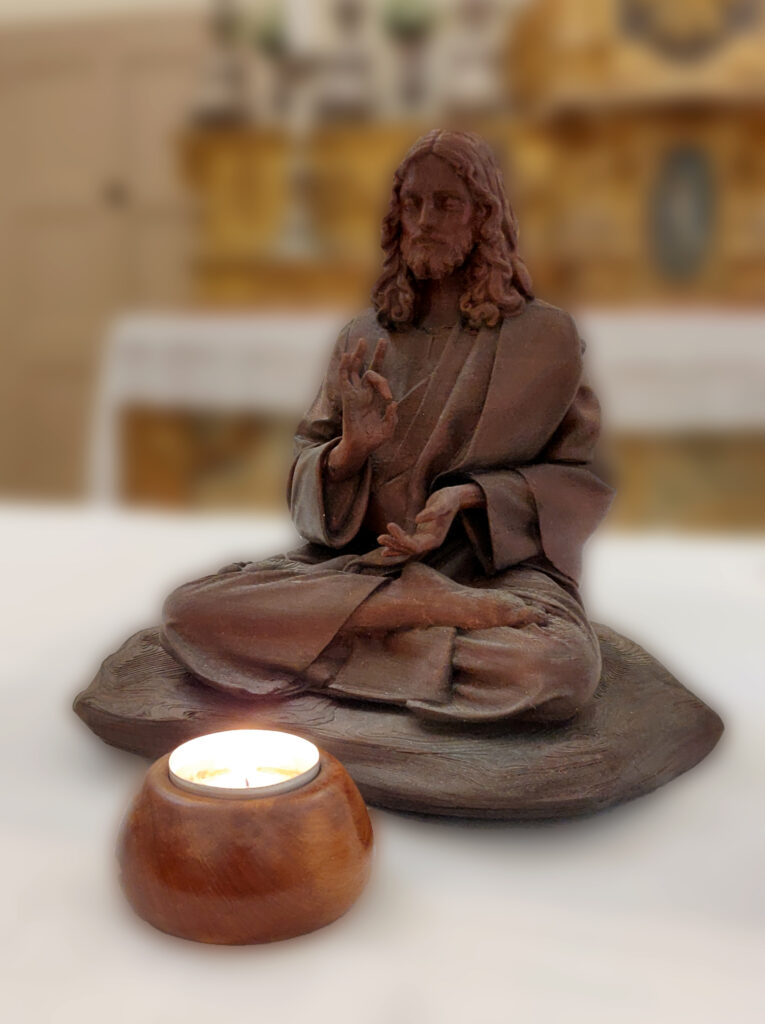
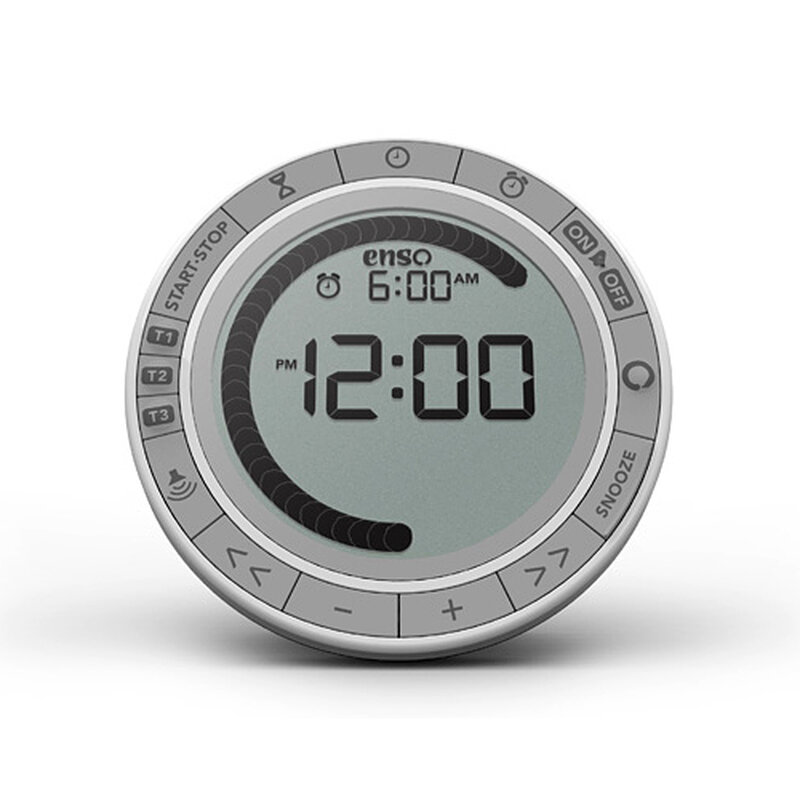
- Take a few big, deep breaths.
- Breathe in…
- Breathe out…
- Now, use a word or phrase with your breath…
- As you breathe out, say in your mind, “I breathe out stress and tension.”
- Continue for five to ten minutes.
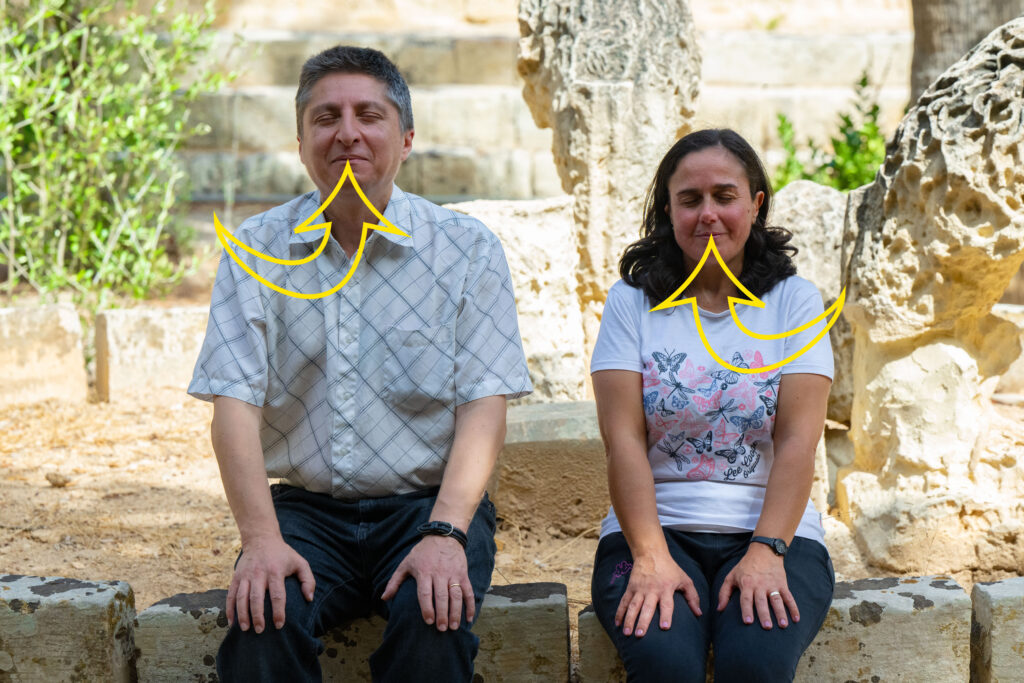

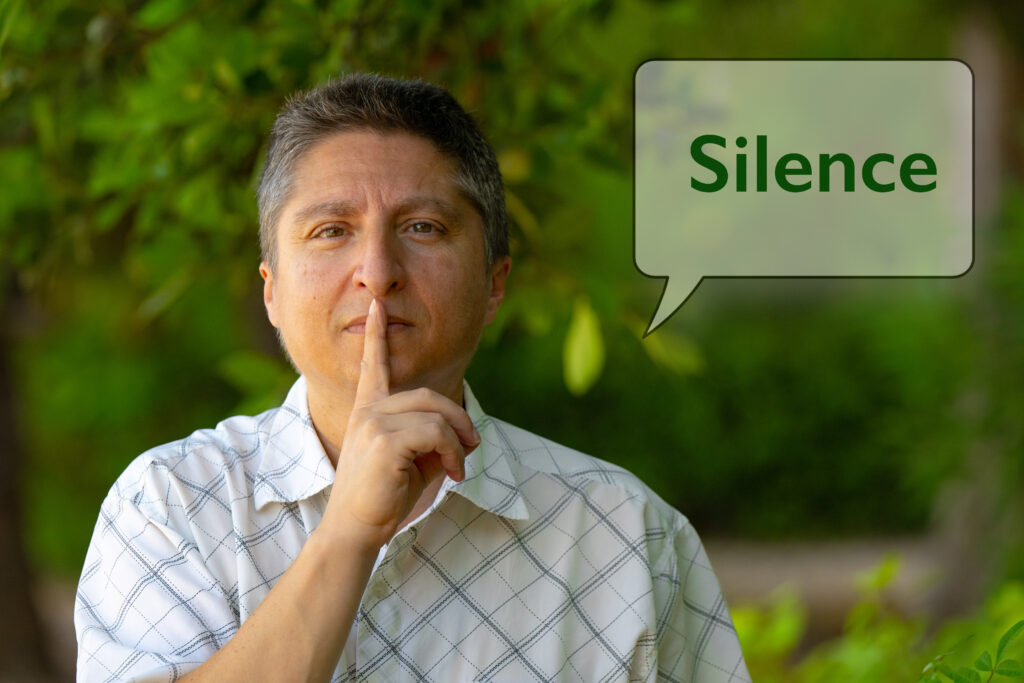
A sign at the door indicates that meditation is taking place. It is essential that meditation takes place in total silence with no distractions.
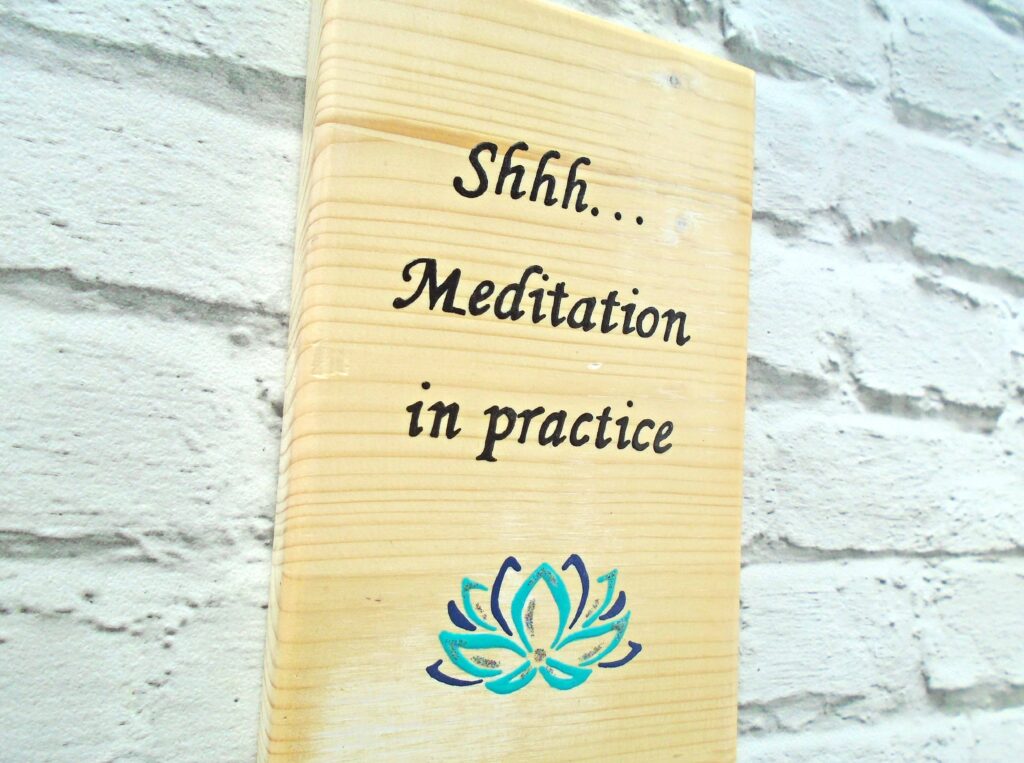
Find a comfortable position.
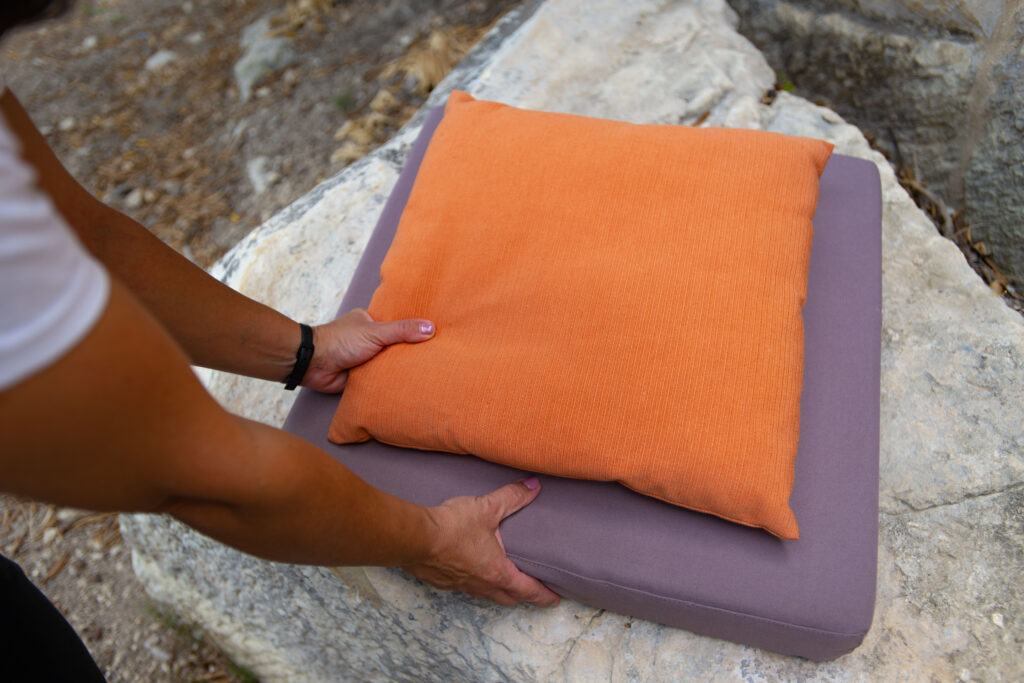
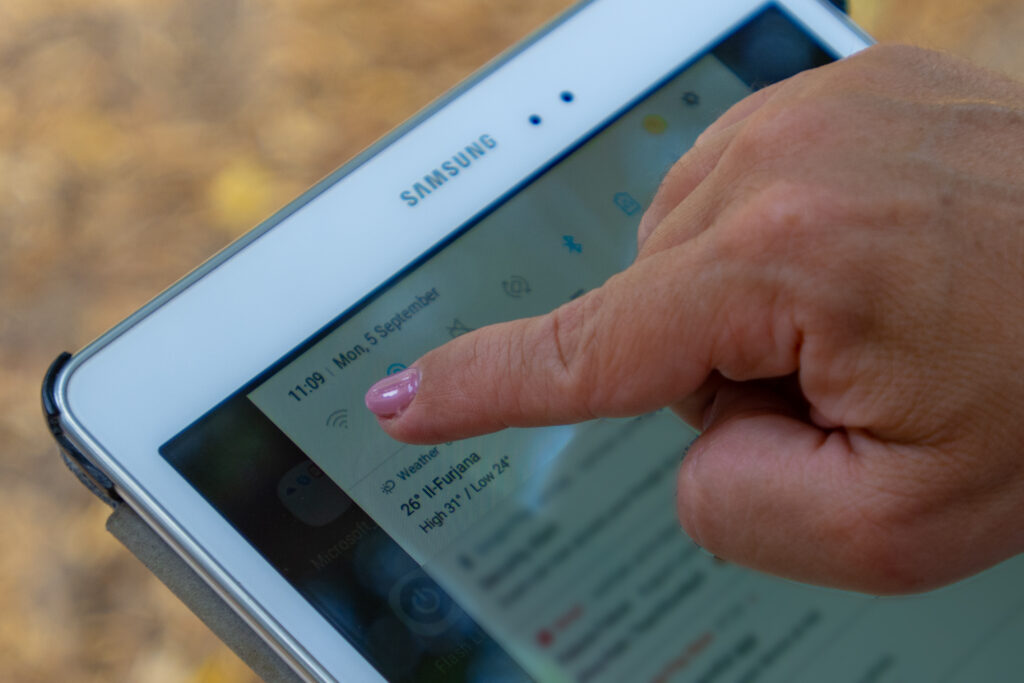
On a cushion, firm pillow or meditation cushion, cross-legged keeping your back straight. This helps to prevent any restrictions on your diaphragm and lungs.
On a chair, rest your back with the chair and feet laid on the floor.
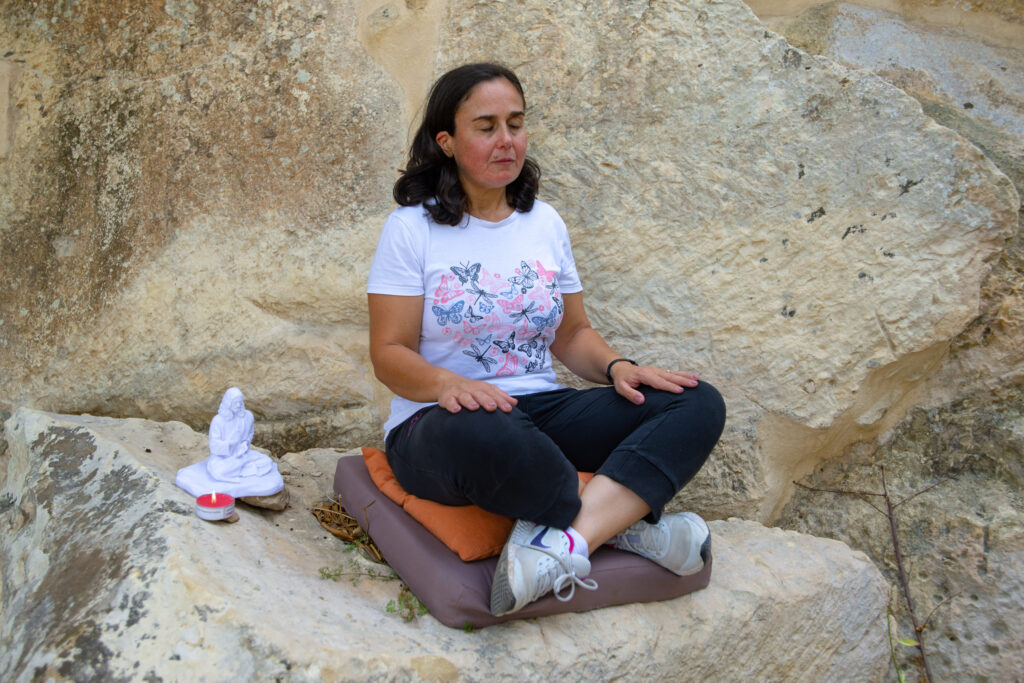
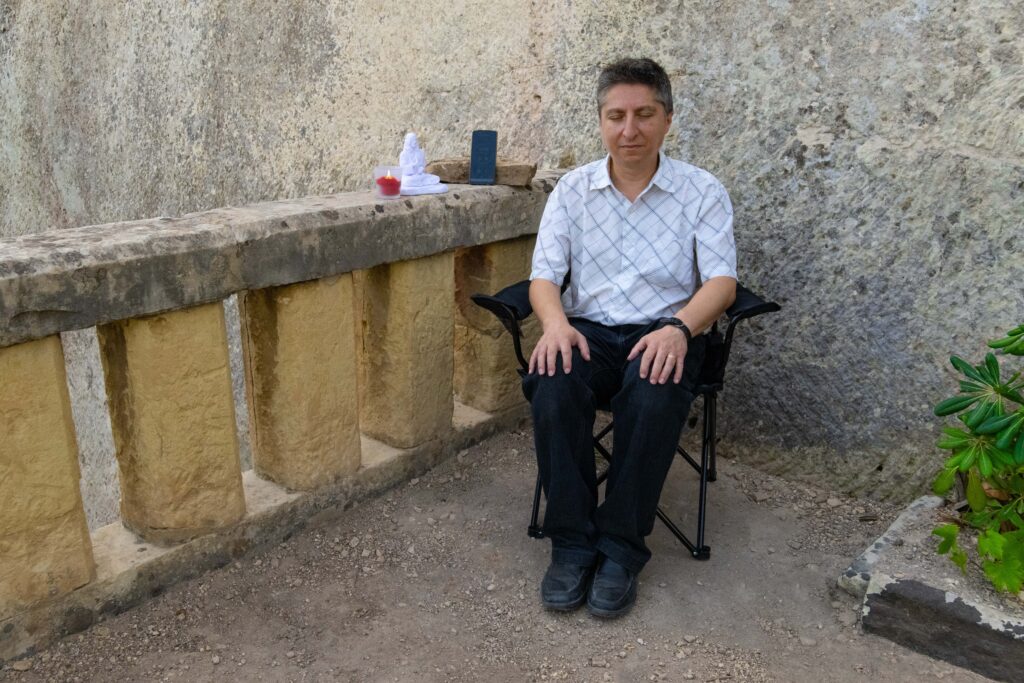
Rest your hands on your laps to enhance the feeling of relaxation and awareness or cradle one hand in another which symbolizes the active hand becoming passive under the influence of the non-active hand.
Close your eyes
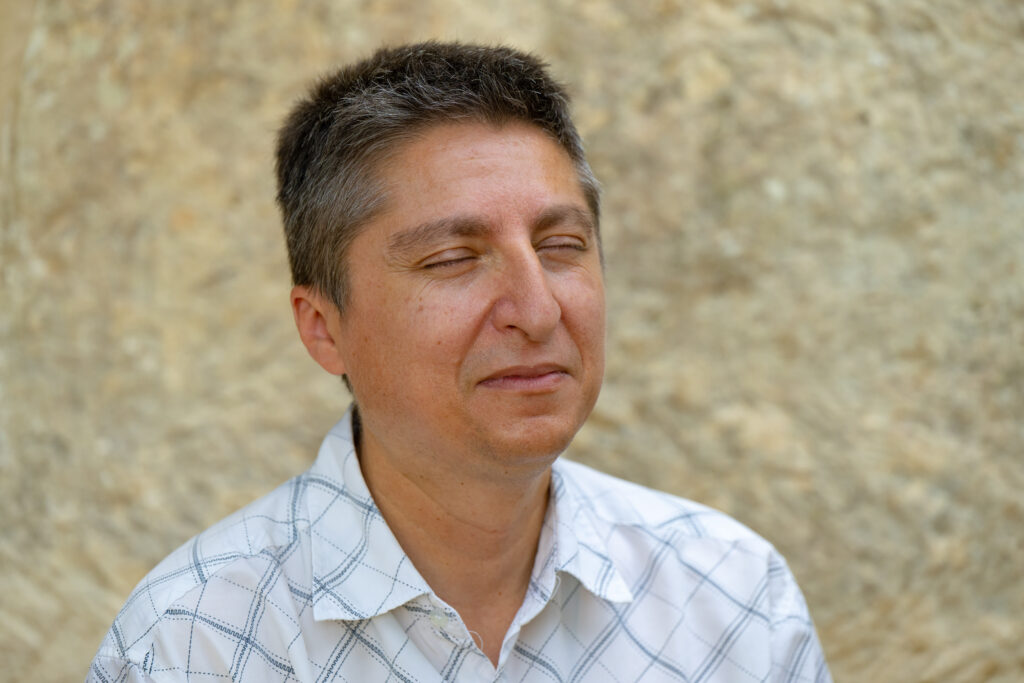
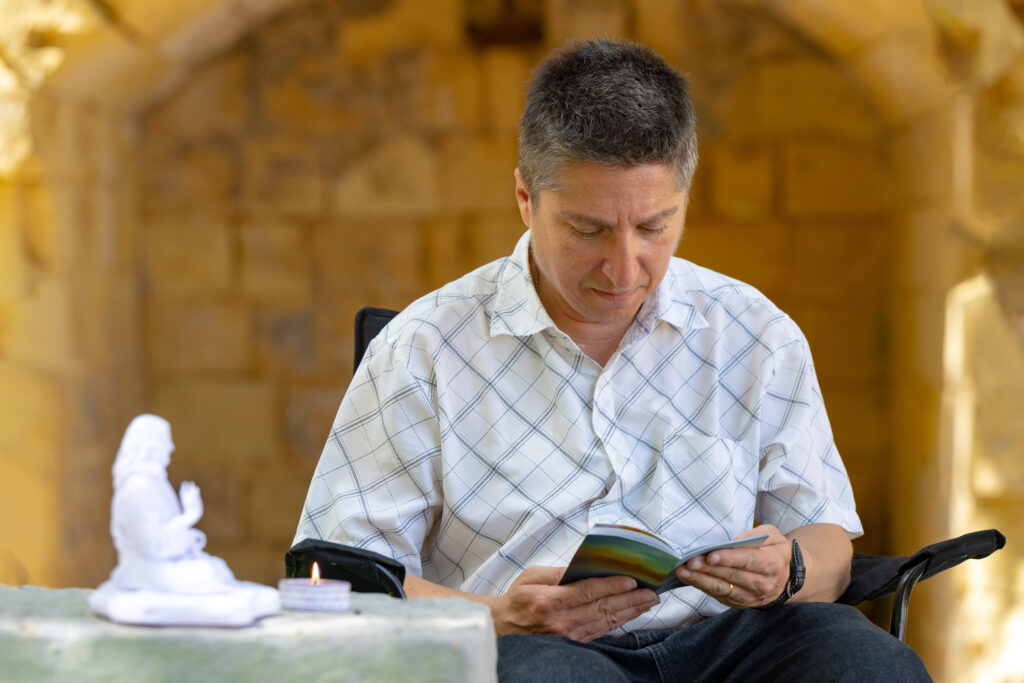
Suggested opening prayers
1. Our Father
Our Father, Who art in heaven, Hallowed be Thy name.
Thy Kingdom come, Thy will be done, on earth as it is in Heaven.
Give us this day our daily bread
And forgive our trespasses, as we forgive those who trespass against us.
And lead us not into temptation but deliver us from evil. Amen.
2. Guided Prayer
You can practice repeating the name of Jesus silently and rhythmically with your breath. This is the key, a neutral sound that opens in order that oneself enters into oneself. This practice will help you start learning to connect the repetitive word with their breath, i.e. while breathing in one says “Je “ and while breathing out one says “sus.”
Start with 10 minutes and gradually increase the time to 30 minutes. Meditation can be divided into two parts of 15 minutes each.
- Start with 40 second warm-up time of silence.
- Ring the opening bell chime. Meditation starts in total silence.
- Ring the closure bell chime.
- Open your eyes again slowly.
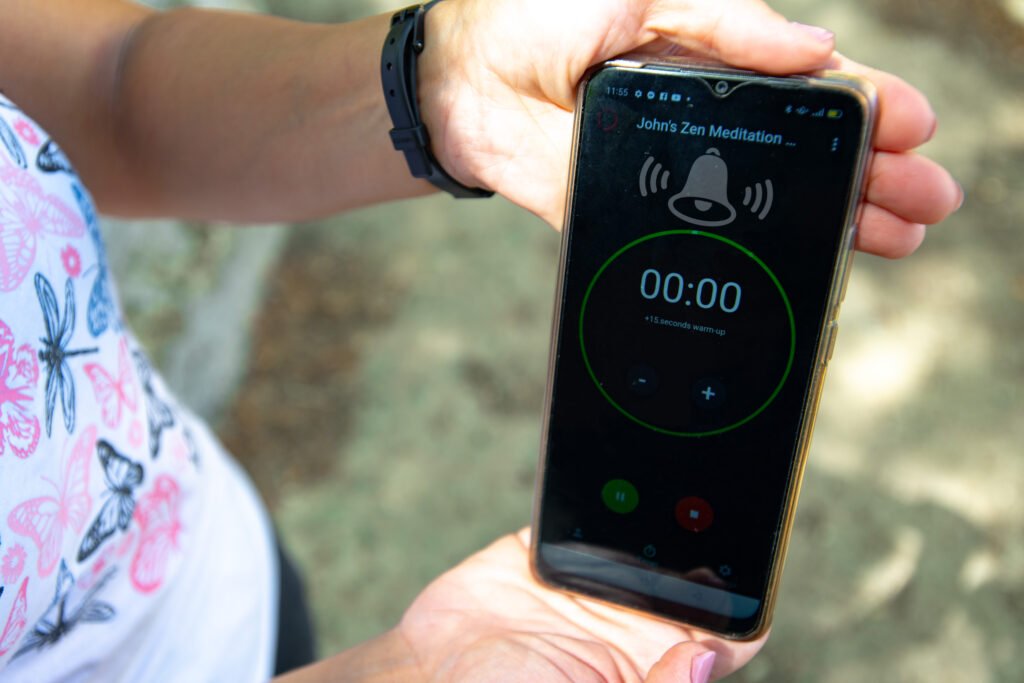
Suggested Closure Prayer

Seek guidance from a person who is keen on Christian Meditation.
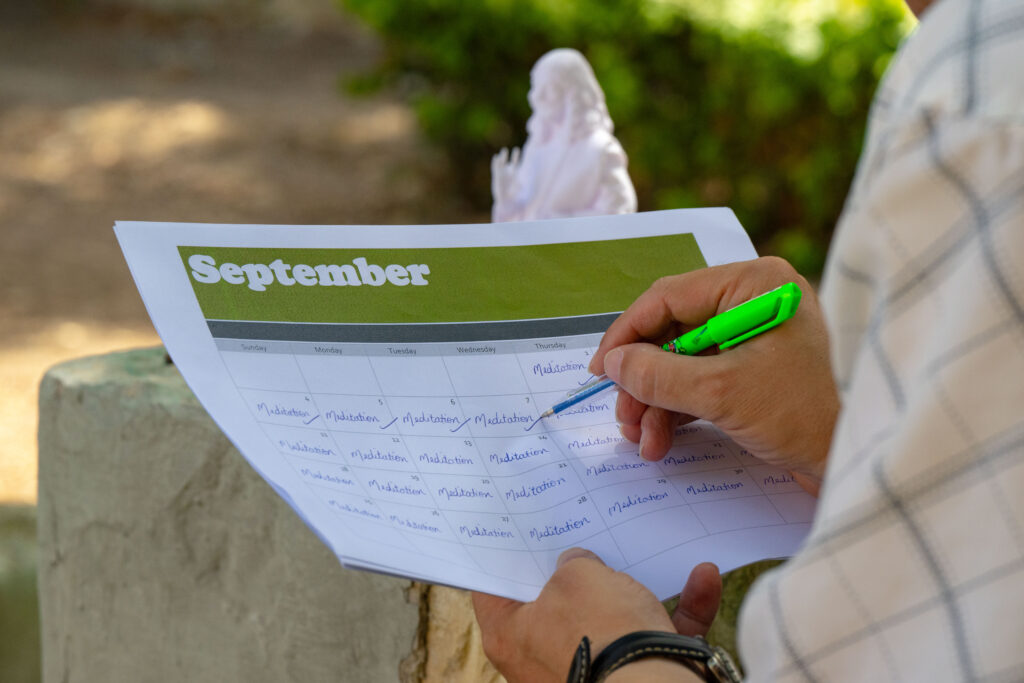
Read/repeat the process of meditation every day so children will remember all the steps. It is recommended that KGEs and Early Years teachers present a PowerPoint presentation to the children with images before every single meditation session.
Before meditation practice takes place regularly, and as an introduction for the first time, help the students to focus on their breath and to close their eyes. Follow these steps:
- Take a few big, deep breaths.
- Breathe in…
- Breathe out…
- Now use a word or phrase with your breath…
- As you breathe out, say in your mind, “I breathe out stress and tension.”
- Continue for five to ten minutes.


Before starting leading meditation with students in class, it would be an asset for educators:
- Are enthusiastic and knowledgeable about meditation
- Participated in training and meditation sessions.
- Practise meditation regularly for some time before starting to guide the students.
- Meditation practice can be taught only by oneself. It is an individual exercise, although practised in a group.
- Meditation is to be part of the school and class schedule, and preferably, the whole school practices it simultaneously.
- During meditation with the students, the educator’s role is to supervise the students and not practise meditation at the same time. It is the student’s meditation time. The educator is to find an alternative time for his/her practice.

- Meditation needs to be practised within a relationship of trust between the educator and students.
- Figure out the students’ behaviour.
- Keep in mind the students’ backgrounds including their faith.
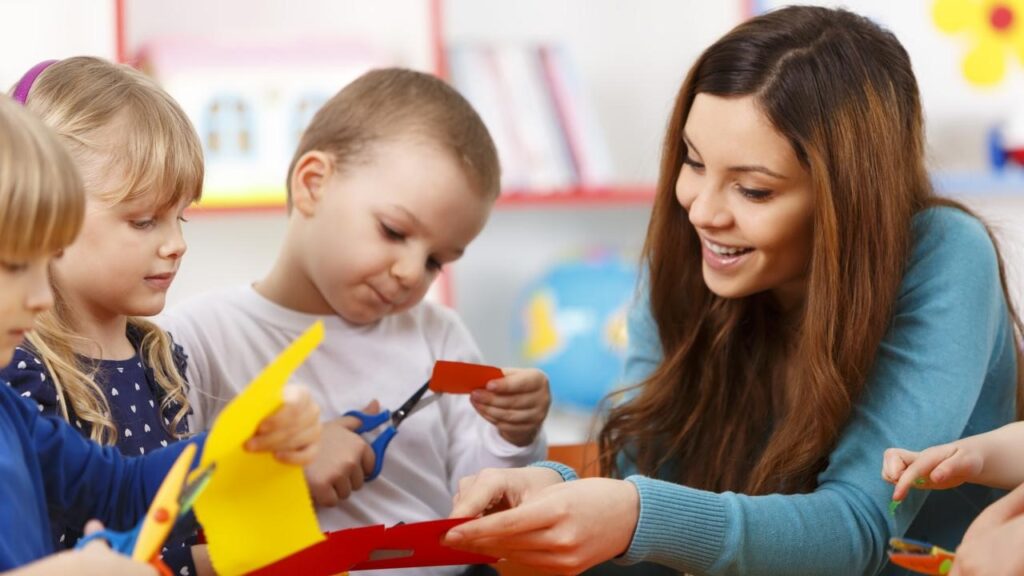
- A meditation bell or a virtual bell sound
- A visual timer ex. a candle burning out, a clock with a hand going round or a sand clock
- Timer links:
- An image of Jesus praying on his own



Find a corner in class or in the school garden where the meditation session will take place. Children can stay in their places or on a carpet using cushions if this is not possible. Children can remain on their chairs or tables.
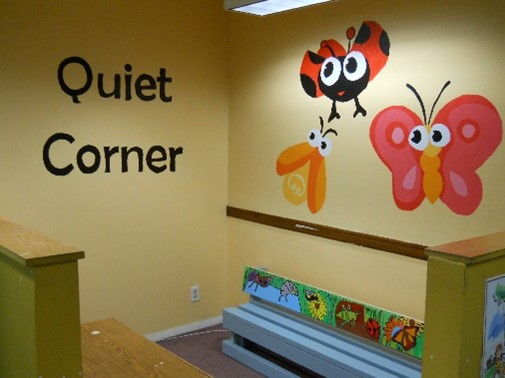
A sign at the classroom door indicates that meditation is taking place. Meditation must take place in total silence with no distractions.

When preparing the students to practice meditation for the first time:
While watching this short story together before practising meditation for the first time, explain to the children what is going on in the story and what we will be doing together in class afterwards and every day. Children can watch the story as much as they need to understand the concept of meditation.
Find a comfortable position. On a cushion, children sit down feet across on a chair, rest their back on the chair and their feet lie on the floor. In both positions, they lay their hands on their thighs. It is extremely important that they feel relaxed.
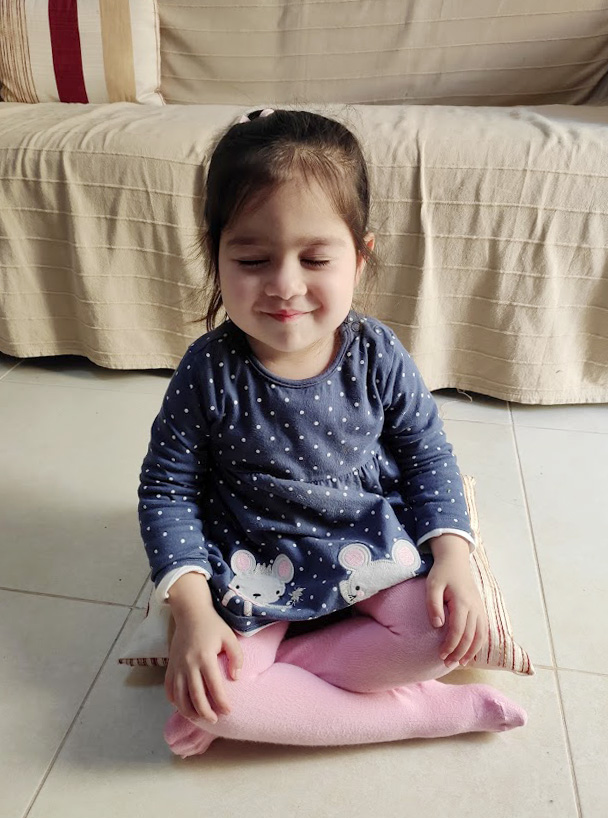
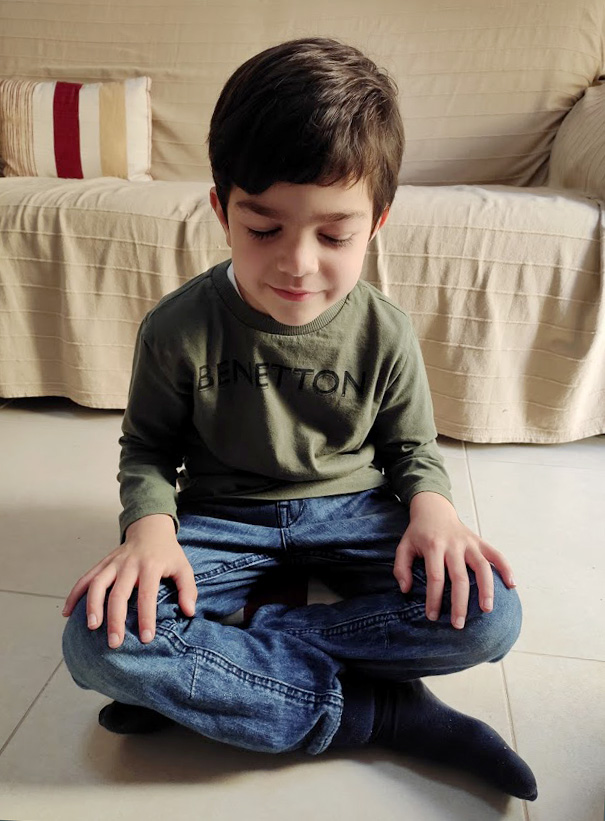
Suggested Opening Prayer:

Ask the children to close their eyes. Very young children find it difficult to close their eyes, so encourage them to do it.
Children can practice repeating the name of Jesus silently and rhythmically with their breath. This is the key, a neutral sound that opens so that one enters into oneself. Just keep in mind that at this stage, this practice will help the student to start learning to connect the repetitive word with their breath, i.e. while breathing in one says “Je “ and while breathing out one says “sus.”
Students who are not Christian can use other repetitive words related to their background.
Meditation will take 2 to 5 mins. Since children are very young, it takes place gradually.
- Start with five seconds warm-up time of silence.
- Ring the opening bell chime. Meditation starts in total silence.
- Ring the closure bell chime.
- Invite the children to open their eyes again slowly.
Suggested Closure Prayer

- Read the process of meditation every day so students will remember all the steps. It is recommended that teachers present a PowerPoint presentation to their students with images before every single meditation session.
- Before introducing the meditation, help the students to focus on their breath. Follow these steps and practise the exercise:
- Close your eyes if they’re open.
- Take a few big, deep breaths.
- Breathe in…
- Breathe out…
- Now use a word or phrase with your breath…
- As you breathe out, say in your mind, “I breathe out stress and tension.”
- Continue for 10 to 15 minutes.


Before starting leading meditation with students in class, it would be an asset that educators:
- Are enthusiastic and knowledgeable about meditation
- Participated in a training and meditation sessions.
- Practise meditation themselves regularly for some time before starting to guide the students.
- Meditation practice can be taught only by oneself. It is an individual exercise although practised in a group.
- Meditation is to be part of the school and class schedule, and preferably the whole school practices it always at the same time.
- During meditation with the students, the educator’s role is to supervise the students and not practise meditation at the same time. It is the student’s meditation time. The educator is to find an alternative time for his/her practice.

- Meditation needs to be practised within a relationship of trust between the educator and students.
- Figure out the students’ behaviour.
- Keep in mind the students’ background including their faith.
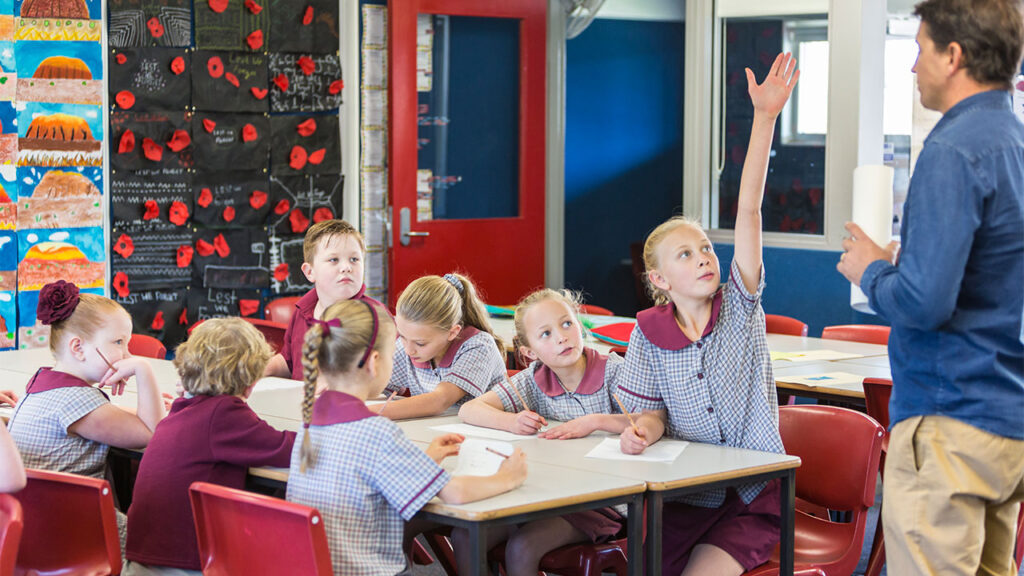
- A meditation bell or a virtual bell sound
- An image of Jesus praying on his own
- Students can use either a cushion, their chair or a desk. If on a chair students are to rest their back with the chair and place their feet firmly on the ground.
- A visual timer ex. a candle burning out, a clock with a hand going round or a sand clock. Timer links:
- 3 Minutes Silent Meditation To The Sound of The Bell
- 5 Minute Silent Meditation Timer
- 10 Minute Silent Meditation Timer



Find a corner in class or in the school garden where the meditation session will take place. If this is not possible, children can stay in their places or on a carpet using cushions.

A sign at the classroom door indicates that meditation is taking place. Meditation must take place in total silence with no distractions.

When preparing the students to practice meditation for the first time:
To introduce meditation practice in class, the educator together with the students watch this video and explain every part of the story to the students, pointing out that this practice will be taking place every day, and is part of the timetable. Students can watch the story as much as they need to understand the concept of meditation.
Find a comfortable position. On a cushion, children sit down feet across. If on a chair, they rest their back with the chair and their feet lie on the floor. In both positions, they lay their hands on their hips. It is extremely important that they feel relaxed.
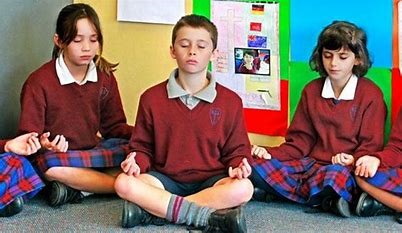
Suggested Opening Prayer

Ask the students to close their eyes. Some children find it difficult to close their eyes, so encourage them to do it.
Students practice repeating the name of Jesus silently and rhythmically with their breath. This is the key, a neutral sound that opens so that enters into oneself. This is the main aim of meditation. This practice will help the student to start learning to connect the repetitive word with their breath, i.e. while breathing in one says “Je “and while breathing out one says “sus.”
Students who are not Christian can use another repetitive word related to their background.
Meditation will take 5 to 10 mins. Since children are very young, it takes place gradually.
- Start with a five-second warm-up time of silence.
- Ring the opening bell chime. Meditation starts in total silence.
- Ring the closure bell chime.
- Invite the children to open their eyes again slowly.
Suggested Closure Prayer

- Read/repeat the meditation process daily so children will remember all steps.
- Put a sign at the classroom door indicating that meditation is taking place.
- Before meditation, practice takes place regularly, and as an introduction for the first time, it helps the students to focus on their breathing and to close their eyes. Follow these steps:
- Take a few big, deep breaths.
- Breathe in…
- Breathe out…
- Now use a word or phrase with your breath…
- As you breathe out, say in your mind, “I breathe out stress and tension.”
- Continue for five to ten minutes.


Before starting leading meditation with students in class, it would be an asset that educators:
- Are enthusiastic and knowledgeable about meditation
- Participated in a training and meditation sessions.
- Practise meditation themselves regularly for some time before starting to guide the students.
- Meditation practice can be taught only by oneself. It is an individual exercise although practised in a group.
- Meditation is to be part of the school and class schedule, and preferably the whole school practices it always at the same time.
- During meditation with the students, the educator’s role is to supervise the students and not practise meditation at the same time. It is the student’s meditation time. The educator is to find an alternative time for his/her practice.

- Meditation needs to be practised within a relationship of trust between educator and students.
- Figure out the students’ behaviour.
- Keep in mind the students’ background including their faith.
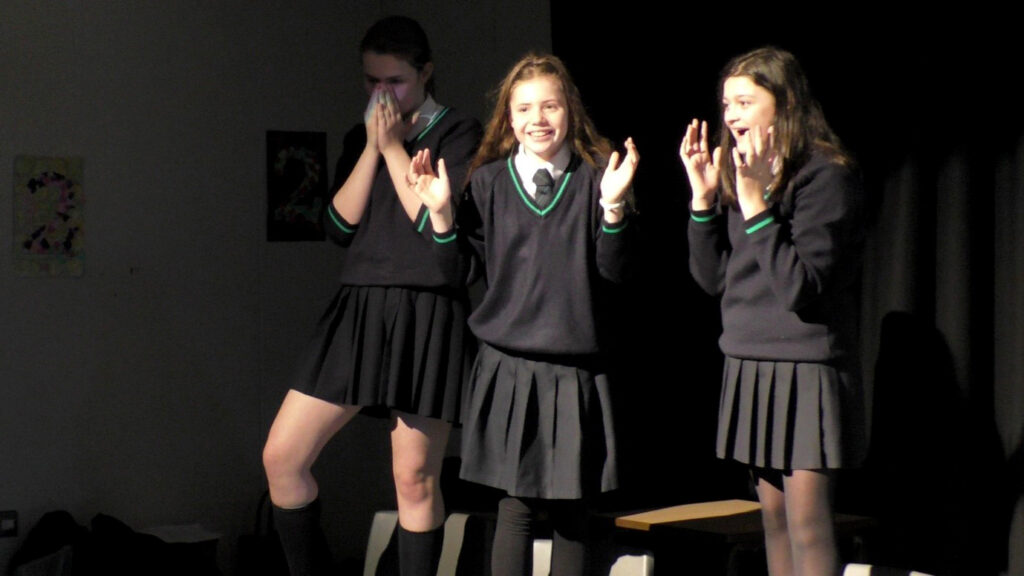
- A meditation bell or a virtual bell sound
- An image of Jesus praying on his own
- Students can use either a cushion, there own chair or desk. If on a chair students are to rest their back with the chair and placing their feet firmly on the ground.
- A visual timer ex. a candle burning out, a clock with a hand going round or sand clock. Timer links:
- 3 Minutes Silent Meditation To The Sound of The Bell
- 5 Minute Silent Meditation Timer
- 10 Minute Silent Meditation Timer



Find a corner in class or in the school garden where the meditation session will take place. If this is not possible, students can stay in their places, clearing their desks, or on a carpet using cushions. Due to the covid restrictions, students can stay on their chairs or tables.
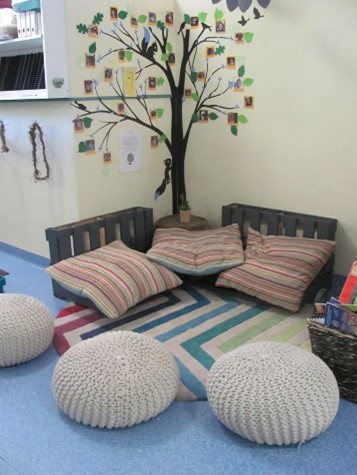
A sign at the classroom door indicates that meditation is taking place. It is essential that meditation takes place in total silence with no distractions.

Students watch this video and afterwards, they keep silent as a warming up before meditation practice starts.
- Find a comfortable position.
- If on a cushion students sit down cross-legged with hips elevated higher than the heels. If on a chair, they sit with a straight back and their feet flat on the floor.
- Feet should form a 90-degree angle with their knees.
- In both positions, they lay their hands on their thighs with palms facing down to be more grounding and help relax the body’s energy flow.
- Shoulders are to be kept relaxed and comfortable and drawn slightly back and down.
- It is important that the students feel relaxed and comfortable so they can focus on meditation.
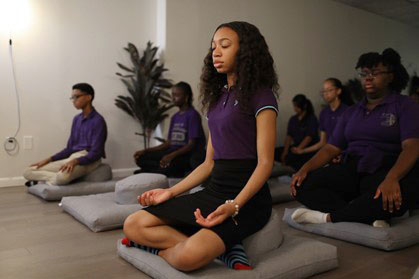
Ask the students to close their eyes.
Students can practice repeating the name of Jesus silently and rhythmically with their breath. This is the key, a neutral sound that opens in order that oneself enters into oneself. Just keep in mind that at this stage, this practice will help the student to start learning to connect the repetitive word ‘Jesus’ with their breath, i.e. while breathing in one says “Je “ and while breathing out one says “sus.”
Students who are not Christian can use another repetitive word related to their background.
Our Father, Who art in heaven,
Hallowed be Thy name.
Thy Kingdom come, Thy will be done,
On earth, as it is in Heaven.
Give us this day our daily bread
And forgive our trespasses,
as we forgive those who trespass against us.
And lead us not into temptation
But deliver us from evil. Amen.
Meditation will take 10 to 12 mins. It takes place gradually starting from 5 minutes.
- Start with ten seconds warm-up time of silence.
- Ring the opening bell chime. Meditation starts in total silence.
- Ring the closure bell chime.
- Invite the students open their eyes again slowly.
- Students will be in need of some time before the class schedule continues.
Suggested Closure Prayer

- Read/repeat the meditation process daily so children will remember all steps.
- Put a sign at the classroom door indicating that meditation is taking place.
- Before meditation, practice takes place regularly, and as an introduction for the first time, it helps the students to focus on their breathing and to close their eyes. Follow these steps:
- Take a few big, deep breaths.
- Breathe in…
- Breathe out…
- Now use a word or phrase with your breath…
- As you breathe out, say in your mind, “I breathe out stress and tension.”
- Continue for ten to twenty minutes.


Before starting leading meditation with students in class, it would be an asset that educators:
- Are enthusiastic and knowledgeable about meditation
- Participated in a training and meditation sessions.
- Practise meditation themselves regularly for some time before starting to guide the students.
- Meditation practice can be taught only by oneself. It is an individual exercise although practised in a group.
- Meditation is to be part of the school and class schedule, and preferably the whole school practices it always at the same time.
- During meditation with the students, the educator’s role is to supervise the students and not practise meditation at the same time. It is the student’s meditation time. The educator is to find an alternative time for his/her practice.

- Meditation needs to be practised within a relationship of trust between educator and students.
- Figure out the students’ behaviour.
- Keep in mind the students’ background including their faith.
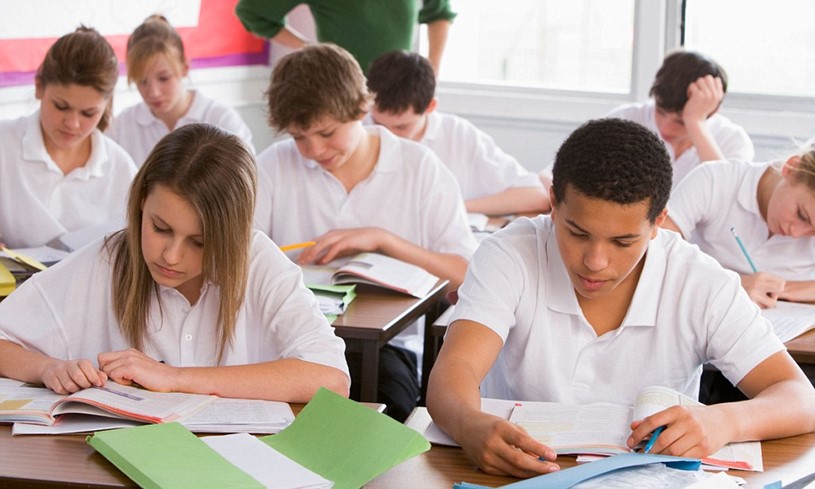
- A meditation bell or a virtual bell sound
- An image of Jesus praying on his own
- Students can use either a cushion, there own chair or desk. If on a chair students are to rest their back with the chair and placing their feet firmly on the ground.
- A visual timer ex. a candle burning out, a clock with a hand going round or sand clock. Timer links:
- 3 Minutes Silent Meditation To The Sound of The Bell
- 5 Minute Silent Meditation Timer
- 10 Minute Silent Meditation Timer



Find a corner in class or in the school garden where the meditation session will take place. If this is not possible, students can stay in their places or on a carpet using cushions.
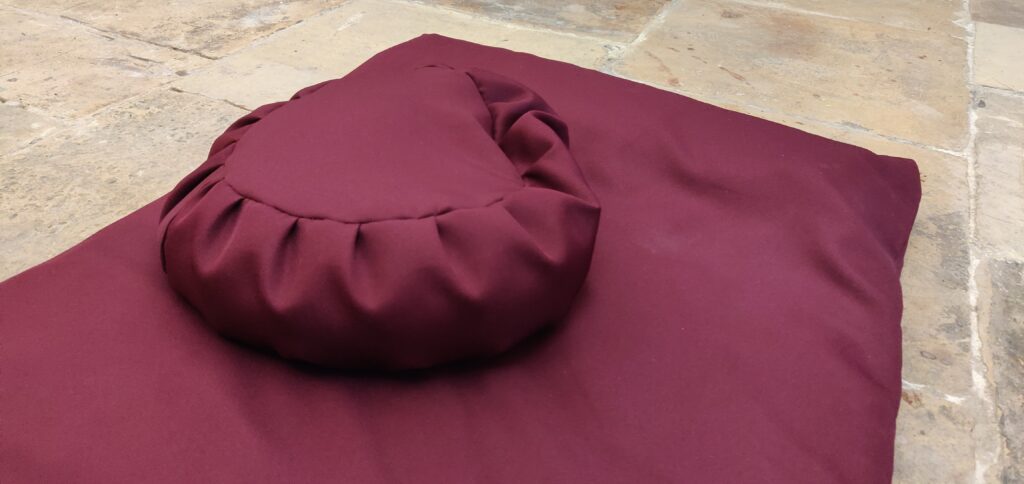
A sign at the classroom door indicates that meditation is taking place. It is essential that meditation takes place in total silence with no distractions.

Students watch this video and afterwards, they keep silent as a warming up excercise before meditation practice starts.
- Find a comfortable position.
- If on a cushion students sit down cross-legged with hips elevated higher than the heels. If on a chair, they sit with a straight back and their feet flat on the floor.
- Feet should form a 90-degree angle with their knees.
- In both positions, they lay their hands on their thighs with palms facing down to be more grounding and help relax the body’s energy flow.
- Shoulders are to be kept relaxed and comfortable and drawn slightly back and down.
- It is important that the students feel relaxed and comfortable so they can focus on meditation.
Ask the students to close their eyes.
Students can practice repeating the name of Jesus silently and rhythmically with their breath. This is the key, a neutral sound that opens in order that oneself enters into oneself. Just keep in mind that at this stage, this practice will help the student to start learning to connect the repetitive word ‘Jesus’ with their breath, i.e. while breathing in one says “Je “ and while breathing out one says “sus.”
Students who are not Christian can use another repetitive word related to their background.
Suggested Opening Prayer:
Our Father, Who art in heaven, Hallowed be Thy name.
Thy Kingdom come, Thy will be done, on earth as it is in Heaven.
Give us this day our daily bread
And forgive our trespasses, as we forgive those who trespass against us.
And lead us not into temptation but deliver us from evil. Amen.
Meditation will take 10 to 15 mins. (It takes place gradually starting from 5 minutes)
- Start with 10 seconds warm-up time of silence.
- Ring the opening bell chime. Meditation starts in total silence.
- Ring the closure bell chime.
- Invite the students open their eyes again slowly.
- Students will be in need of some time before the class schedule continues.
Suggested Closure Prayer

The teacher or another person that the students trust is to facilitate a short moment of sharing about how the student felt during meditation.
For more information and if you need support to start practising meditation with your students, kindly contact us.


